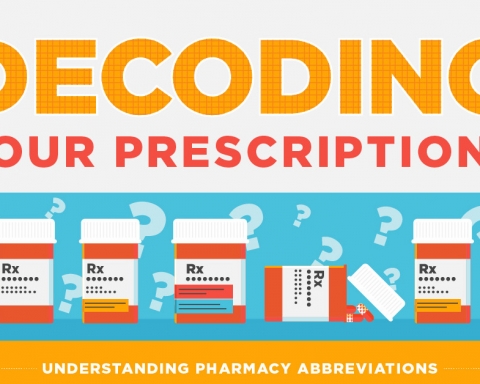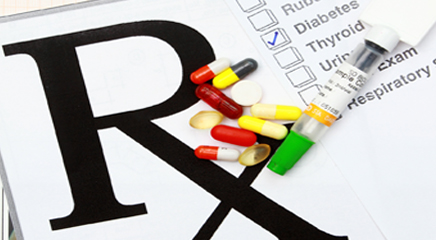An extension of the concept of relative bioavailability, which essentially involves comparing the total amounts of a particular drug that are absorbed intact into the systemic circulation from a test and a recognized standard dosage form, is that of determining whether test and standard dosage forms containing equal doses of the same drug are equivalent or not in terms of their rates and extents of absorption (i.e. systemic availabilities). This is called bioequivalence.
[wp_ad_camp_1]
Two or more chemically equivalent products (i.e. products containing equal doses of the same therapeutically active ingredient (s) in identical types of dosage form which meet all the existing physicochemical standards in official compendia) are said to be bioequivalent if they do not differ significantly in their bioavailability characteristics when administered in the same dose under similar experimental conditions. Hence in those cases where bioavailability is assessed in terms of plasma concentration-time curves, two or more chemically equivalent drug products may be considered bioequivalent if there is no significant difference between any of the following parameters: maximum plasma concentrations (Cmax), time to peak height concentration (Tmax) and areas under the plasma concentration-time curves (AUC).








The weblog is interesting! thanks for sharing this valuable information..